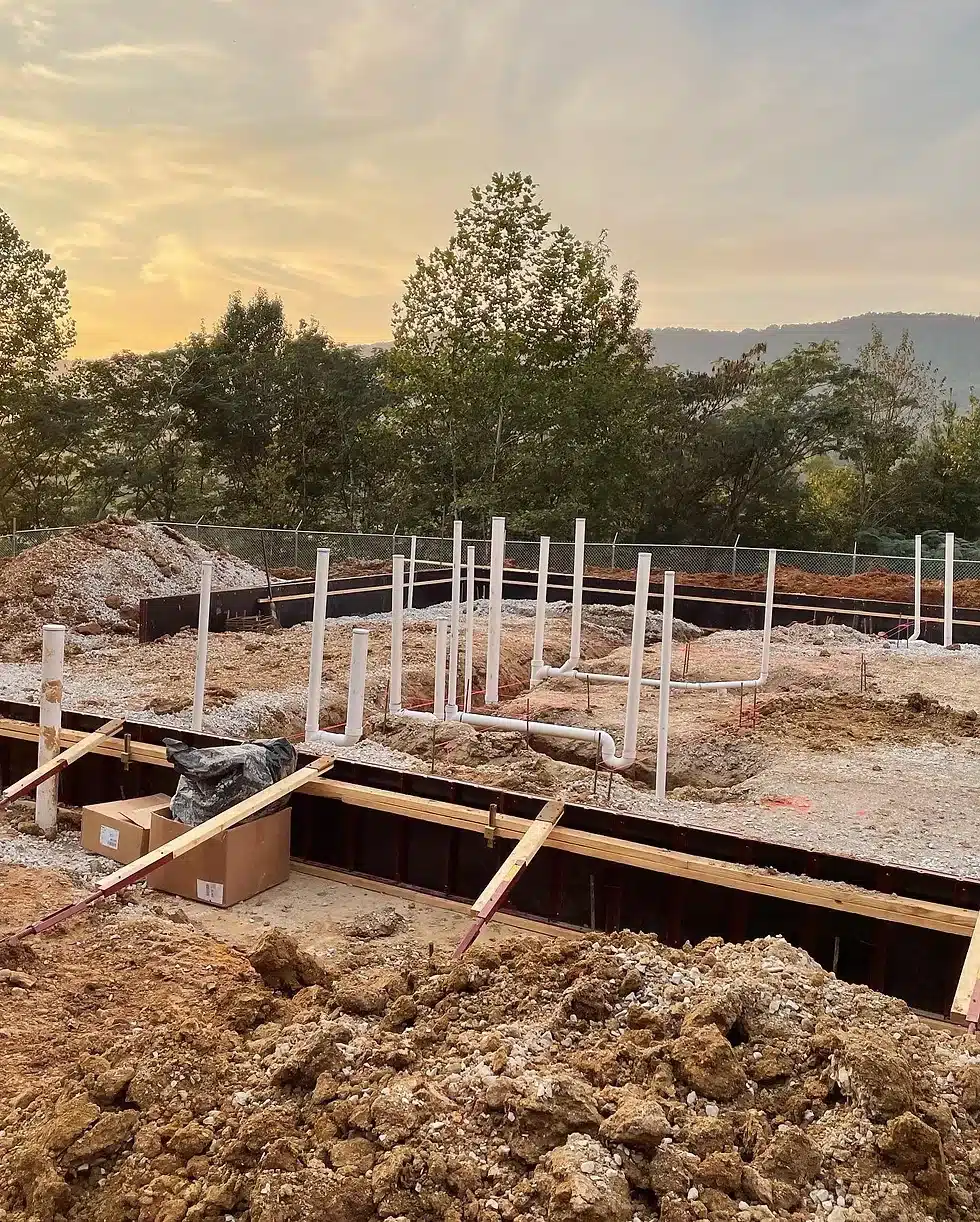Discovering the Fundamentals of Home Plumbing: A Beginner's Tutorial
Customer ReviewsIn this article in the next paragraphs you'll find a lot of brilliant details relating to What to Know About Plumbing: Basics, Tips, and Insights.

Plumbing is a necessary element of any type of home, responsible for supplying tidy water for alcohol consumption, food preparation, and bathing, as well as removing wastewater securely. Comprehending the basics of home plumbing is important for every homeowner to make certain appropriate maintenance, troubleshooting, and, if necessary, fixings. In this newbie's overview, we'll cover the essential concepts of home plumbing to aid you end up being much more knowledgeable about just how it functions.
Supply Of Water System
The supply of water system brings tidy water right into your home from a community water resource or a personal well. It consists of a major water line that links to your home's plumbing system, usually situated underground. A water meter gauges the amount of water eaten, while a shut-off valve permits you to manage the circulation of water into your home.
Plumbing Components
Plumbing fixtures are tools that provide water to various parts of your home and consist of sinks, faucets, bathrooms, showers, bathtubs, and home appliances such as dishwashers and cleaning machines. Each fixture is linked to the water supply system using pipes and installations and might have its shut-off valve for upkeep or emergencies.
Water Heater
The water heating system is responsible for home heating water for residential use, consisting of showering, cooking, and cleansing. Usual types of hot water heater consist of tank-type hot water heater, tankless (on-demand) water heaters, and heat pump hot water heater. The hot water heater is linked to the water supply system and delivers warm water to plumbing components as required.
Drain System
The drainage system eliminates wastewater from your home and brings it away to a sewage treatment center or septic system. It consists of a network of pipes, installations, and fixtures that carry wastewater from plumbing components to the major sewer line or sewage-disposal tank. Correct water drainage is essential to avoid blockages, back-ups, and sewer leakages.
Air flow System
The air flow system aids maintain proper air pressure and avoid drain gases from entering your home. Vent pipes, likewise referred to as vent stacks, prolong from plumbing fixtures to the roofing, permitting sewage system gases to get away securely outside. Ventilation pipes likewise allow air to enter the drainage system, helping with smooth wastewater flow and preventing suction or vacuum results.
Usual Plumbing Devices
Having the right devices available is necessary for doing fundamental plumbing repair services and maintenance tasks. Usual plumbing devices include adjustable wrenches, pipe wrenches, pliers, pipeline cutters, hacksaws, bettors, augers (or drain snakes), and Teflon tape. Having these devices easily available can help you take on small plumbing problems efficiently.
Basic Plumbing Fixings
While some plumbing repair services may require specialist help, numerous common concerns can be attended to with basic do it yourself methods. Knowing just how to take care of a leaky tap, unblock a drain, change a toilet flapper, or fix a leaking showerhead can save you time and money on plumbing repairs.
Verdict
Comprehending the basics of home plumbing is necessary for each homeowner to preserve a safe, useful, and efficient plumbing system. By familiarizing on your own with the water system system, plumbing components, drain system, air flow system, typical plumbing devices, and basic repair services, you can confidently attend to small plumbing problems and guarantee your home's plumbing system operates efficiently.
Plumbing for Beginners: A Comprehensive Guide
If you’re a beginner when it comes to plumbing, don’t worry; you’re not alone. Plumbing may seem intimidating, but with the right knowledge and a little practice, you can handle many common plumbing issues on your own. In this comprehensive guide, we will demystify the world of plumbing for beginners, providing you with the basic knowledge and skills needed to tackle common plumbing problems and even take on some DIY plumbing projects.
The Importance of Basic Plumbing Knowledge for Beginners:
First and foremost, basic plumbing knowledge gives you a solid foundation. It helps you grasp the key concepts and terminology that are essential in this field. By learning the basics, you’ll be able to build upon that knowledge and tackle more complex plumbing tasks in the future.
Having a basic understanding of plumbing also enables you to handle common issues that may arise in your home. Picture this: a leaky faucet or a clogged drain. With some basic plumbing knowledge, you’ll have the confidence to troubleshoot and fix these problems on your own. It saves you from unnecessary expenses and the hassle of waiting for a professional to arrive.
As a beginner, learning the basics of plumbing empowers you to take care of your own home. It gives you a sense of independence and self-reliance. You’ll no longer have to rely solely on professionals for every small issue that pops up. Instead, you can handle many tasks yourself, saving time and money in the process.
Remember, everyone starts as a beginner. Embrace the learning process and take small steps to expand your plumbing knowledge. There are plenty of online resources, tutorials, and even local workshops that talk about plumbing for beginners.
Essential Tools for Plumbing for Beginners
As you start your plumbing journey, having the right tools in your toolbox is crucial. Let’s explore some of the must-have tools:
Adjustable Wrench:
This versatile tool is a staple in any plumber’s toolbox. It allows you to tighten or loosen nuts and bolts of various sizes. Make sure to have an adjustable wrench with a comfortable grip.
Pipe Wrench:
A pipe wrench is specifically designed for gripping and turning pipes. It has serrated jaws that provide a strong grip, making it easier to loosen or tighten threaded pipes and fittings.
Plunger:
The plunger is a simple yet effective tool for clearing clogged drains and toilets. It creates suction when you push and pull, helping to dislodge blockages. Keep a good-quality plunger handy for those unexpected clogs.
Pipe Cutter:
When it comes to cutting pipes, a pipe cutter is your go-to tool. It creates clean, precise cuts without damaging the pipe. Look for a pipe cutter that can handle the pipe sizes you’re working with.
Hacksaw:
A hacksaw is useful for cutting through pipes, screws, and other materials. It’s a versatile tool that can handle different cutting tasks. Remember to use a blade suitable for cutting metal.
Tape Measure:
Accurate measurements are crucial in plumbing. A tape measure allows you to measure pipe lengths, distances, and dimensions accurately. Opt for a sturdy tape measure that extends a good length.
Pliers:
Pliers come in handy for various tasks, such as gripping, bending, and cutting. Slip-joint pliers with adjustable jaws are great for gripping pipes, nuts, and bolts.

I was made aware of that article about Understanding the Basics of Your Home's Plumbing System from a good friend on our other website. Enjoyed reading our piece of writing? Please share it. Let others discover it. Many thanks for your time. Revisit us soon.
Click On This Link